1. Look for any form of vegetation
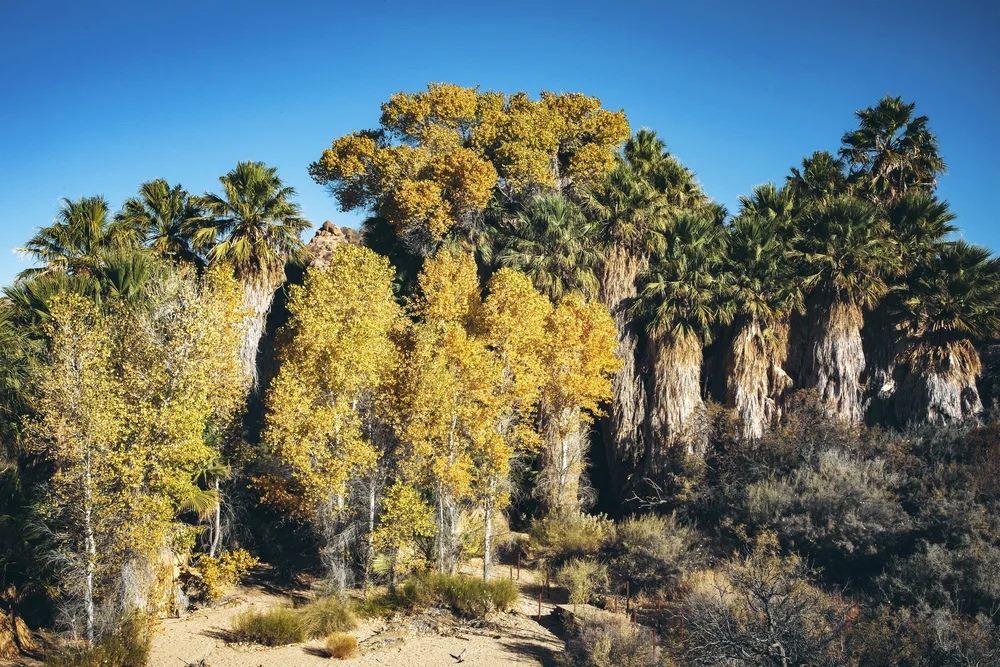
imagesource: reddit
This indicates the presence of underground water sources, plants require water to survive, and their root systems extend deep into the ground to access underground water sources. In desert regions vegetation tends to grow in areas where surface water flow occurs during rain events.
2. Track any animals you may come across
imagesource: reddit
Some animal species in the desert follow specific migration patterns that are influenced by the availability of water. Animals need water to survive, and they often engage in foraging behavior near water sources. You can increase your chances of discovering water sources along their routes.
3. Search for dry riverbeds or streams
imagesource: reddit
Dry riverbeds and streams often indicate the presence of a water channel that flows during periods of rainfall or flash floods. Even if you don't see any water, there is a possibility of water flowing underground or being stored in porous soil or rock layers beneath the riverbed.
4. Look for areas where the ground is damp or muddy
:max_bytes(150000):strip_icc()/GettyImages-87131204-3caab0038c5b4ba189aedc8a50ee9996.jpg)
imagesource: verywellhealth
Damp or muddy ground can serve as an indicator of water flow during certain times of the year, observing the ground and characteristics of the muddy or damp ground could provide you with valuable insights into water patterns in the area. Always take note of what you're walking on.
5. Follow birds or insects
imagesource: reddit
In desert regions, certain insects, such as bees and butterflies, are attracted to nectar-producing plants. Birds and insects tend to gather in areas where water is available, particularly during hot and arid conditions like desert regions, so if you're quick enough, this could really help.
6. Dig a hole in a low lying area
imagesource: reddit
In desert regions, water sources may exist below the surface in underground aquifers or water tables. Low-lying areas, basin-like formations, tend to collect and retain water for longer periods which increases the likelihood of encountering water. Dig deep as you don't know what you'll find.
7. Look for a rock formation or cliffs
imagesource: reddit
Rock formations and cliffs act as natural barriers and can collect water during periods of rainfall. Rock formations and cliffs also provide shade, which helps to reduce evaporation rates meaning this increases the chances of moisture being retained for longer periods of time.
8. Search for natural depressions or rock cavities
imagesource: reddit
Depressions and rock cavities act as natural catchment points for water, especially during rainfall or flash floods. Digging in areas like these increases the likelihood of encountering water so by digging in a low-lying area, you may be able to locate where water has naturally pooled.
9. Use a divining rod or a Y-shaped stick
:max_bytes(150000):strip_icc()/73777362-57c7441c5f9b5829f479833b.jpg)
imagesource: liveabout
Using a Y-shaped stick as a makeshift water divining rod is a traditional method believed by some to help locate underground water sources in the desert, however, it is a technique that has been highly debated. Relying solely on this method can be unreliable.
10. Look for signs of moisture
imagesource: reddit
Areas with moisture or water content beneath the surface may exhibit damp or darkened soil patches. These patches can indicate the presence of underground water sources, such as springs, seepage, or shallow aquifers. Always look around for signs like this.
11. Pay attention to areas with a concentration of bees, wasps, or ants
imagesource: reddit
Bees, wasps, and ants are attracted to sources of nectar, which they require to live. Nectar-producing plants often require access to water, so areas with a concentration of these insects can suggest the presence of flowering plants that rely on water sources.
12. Follow the direction of migrating animals

imagesource: ecomena
Animals, particularly those that undertake long-distance migrations, have innate instincts and knowledge about the availability of water sources. If you're ever stranded in the desert, always follow migrating animals as you'll probably find they they're travelling towards water.
13. Observe insects, especially bees

imagesource: reddit
Bees need water to survive and maintain their hives and also tend to gather in large numbers near water sources. If you spot a congregation of bees in the desert, you can probably stumble upon the presence of a water source nearby - they're the key to your survival.
14. Listen for the sound of frogs or other amphibians
imagesource: reddit
Frogs require water to reproduce. Even in desert areas, some species of frogs go through a breeding cycle during the wet season or when temporary water bodies form. By listening out for them or other amphibians it means you're probably not too far from a water source.
15. Look for areas with lower vegetation
imagesource: reddit
Certain plant species in the desert have adapted to thrive in water-rich environments, like near underground water sources or seeps. By looking at the distribution and density of vegetation, you may be able to identify areas where water is more likely to be present.
16. Search for rock crevices or shaded areas where water might be trapped

imagesource: reddit
Rock crevices or shaded areas can provide protection from direct sunlight and exposure to heat, leading to the formation of small water droplets over a long period of time. Rock crevices can act as natural collection points, trapping and retaining water. Bob's your uncle!
17. Collect any bit of rainwater
imagesource: reddit
Collecting rainwater can provide a vital supplement to the available water supply if you're ever left in the desert without. Collecting any rainwater you can get hold of allows you to make the most of this precious resource until you can get to a safe spot.
18. Construct a solar still
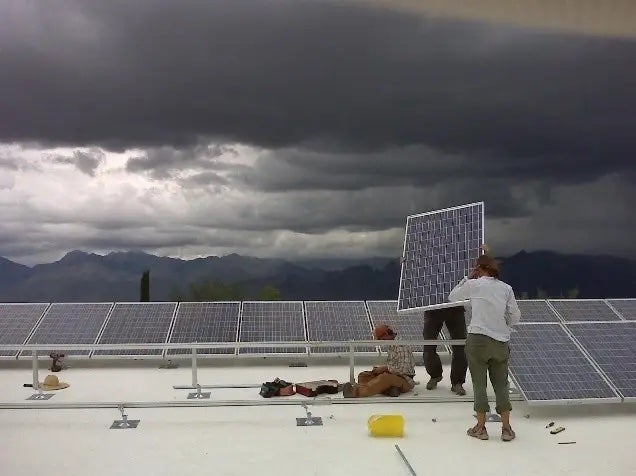
imagesource: solarreviews
If you live in a desert area, a solar still could be your most effective method for obtaining water. Solar stills harness the power of the sun to generate freshwater and in the desert, sunlight is abundant so take advantage of the sun's energy to produce water.
19. Look for cacti
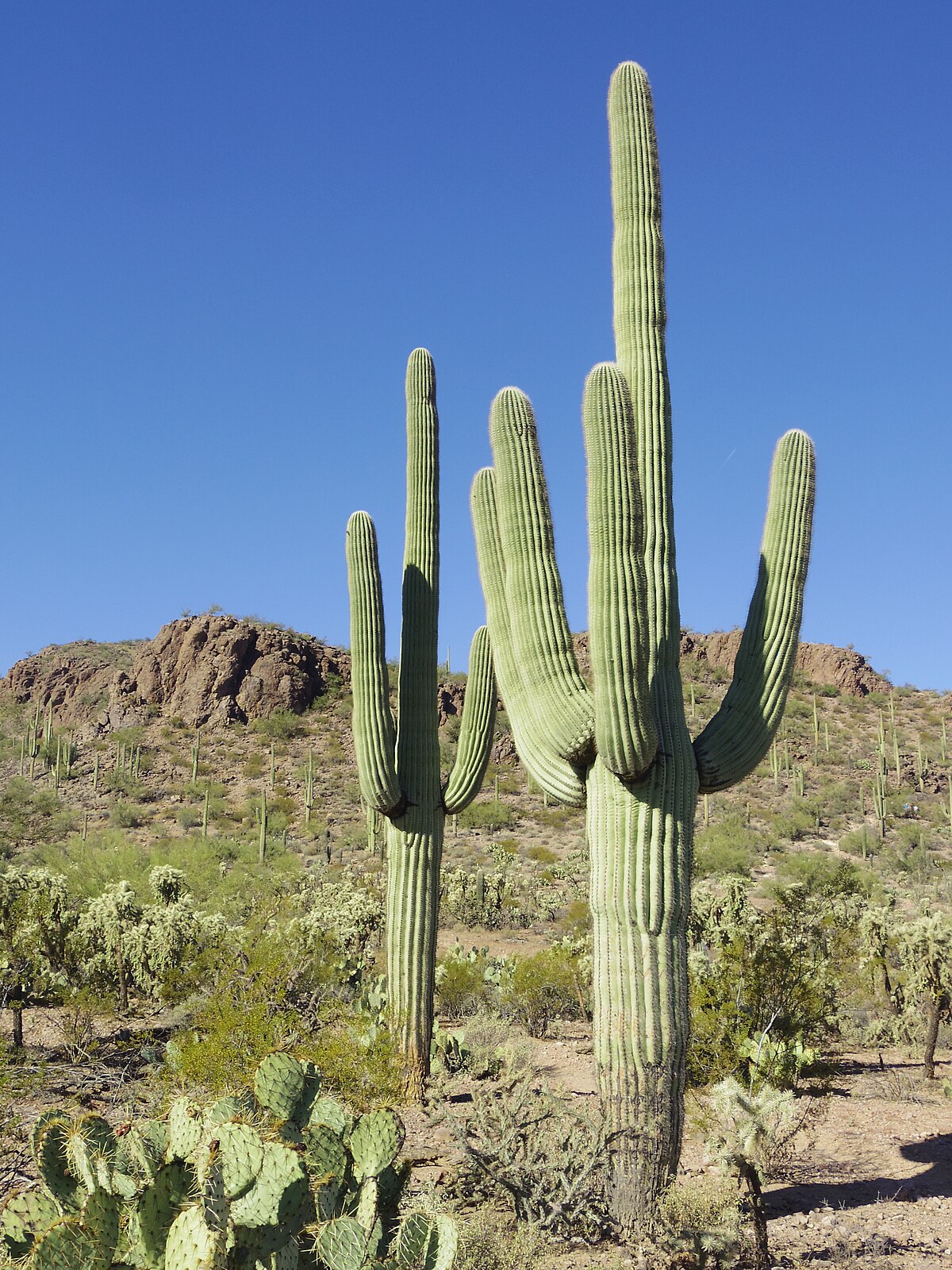
imagesource: wikipedia
Cacti are renowned for their ability to store water in their fleshy stems, pads, or bulbs. By tracking down a cacti, especially those that appear plump and well-hydrated - this could be the perfect thing to track down to get your hands on some precious water.
20. Cut open a barrel cactus

imagesource: wikipedia
Cacti are particularly precious in the desert, they're a great water source and play a vital ecological role in desert ecosystems and are often protected by law in certain regions for that particular reason. However, the water in a barrel cacti is limited so rather than getting a few litres, you'll more than likely get a few ounces.
21. Squeeze moisture from plants

imagesource: quora
Certain desert plants, such as succulents or certain cacti, store water in their tissues to survive, however, the amount of moisture obtained from squeezing plants in the desert is typically small so if you're desperate for water, these plants could help for just a short amount of time.
22. Look for areas with evidence of recent animal activity
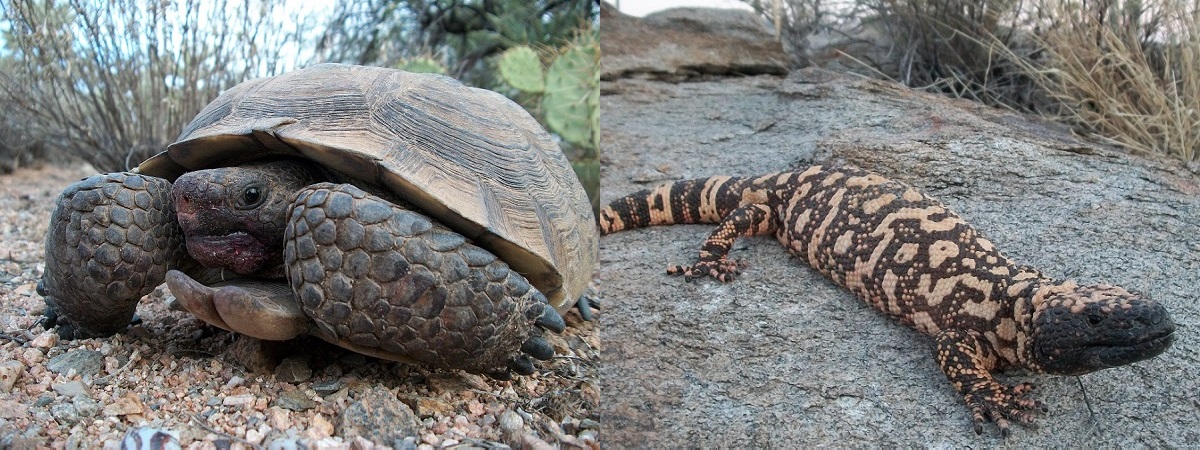
imagesource: askabiologist
Animals in the desert often concentrate their foraging activities near water sources. Animals that use these water sources often leave tracks and trails leading to and from these areas so follow them. If you're in the desert in need of water, this could be your best bet at finding the thing that will keep you alive.
23. Use a compass and navigate towards lower ground or valleys
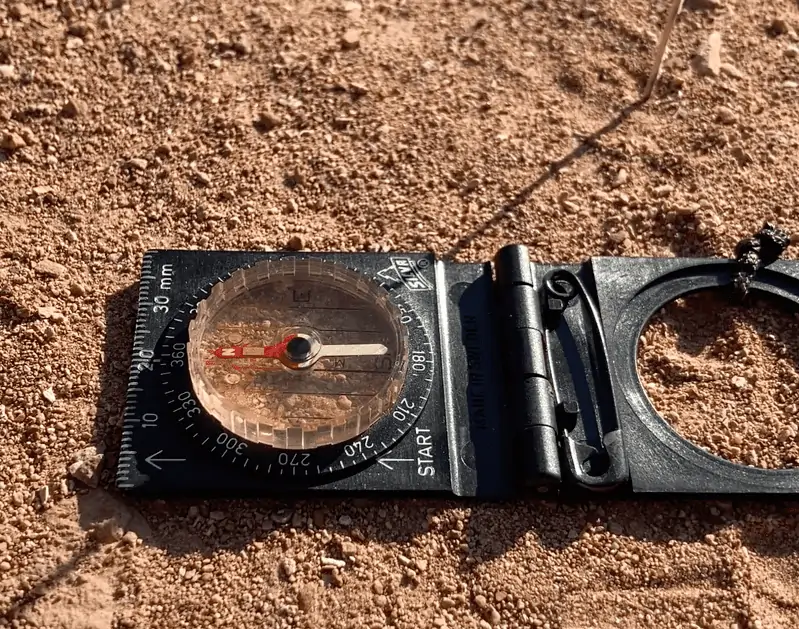
imagesource: thenationalnavigator
Water naturally follows gravity and tends to flow downhill and in desert regions, where water is scarce, lower elevations or depressions work as collection points for water. By following the lower ground using a compass, you'll increase the chances of you finding water.
24. Search for natural springs or oases
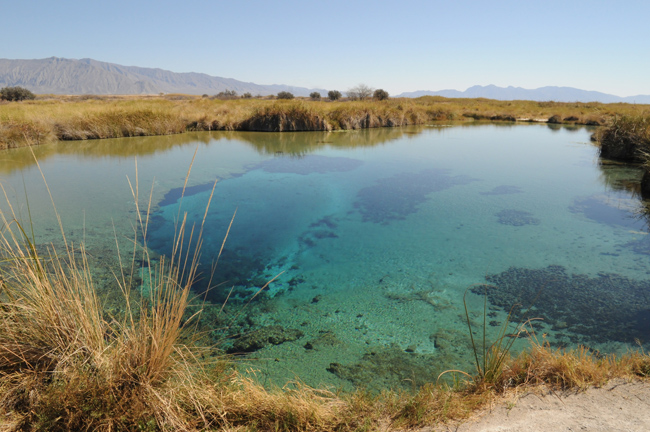
imagesource: naturalschoolofgeoscience
Springs and oases can often yield larger quantities of water compared to other sources in the desert. Forget those cacti, the natural springs can be more reliable and sustainable for water supply all year round. Oases in particular tend to support a lot of vegetation, find the vegetation = find the water source.
25. Use a survival guide or map that indicates known water sources in the desert

imagesource: amazon
A survival guide or map specific to the desert region you are exploring can provide valuable knowledge and information about known water sources. These sorts of things can offer insights into the terrain, local geography, and potential locations of water sources.
26. Look for signs of subsurface water, such as salt deposits or damp soil

imagesource: groundwatergovernance
Pay attention to the moisture levels of the soil in the desert this is your clue to finding some water. Areas that are moist or damp indicate water or underground springs so if you see muddy or damp ground this is where you'll find the presence of subsurface water.
27. If there are mountains nearby, follow valleys or canyons downhill
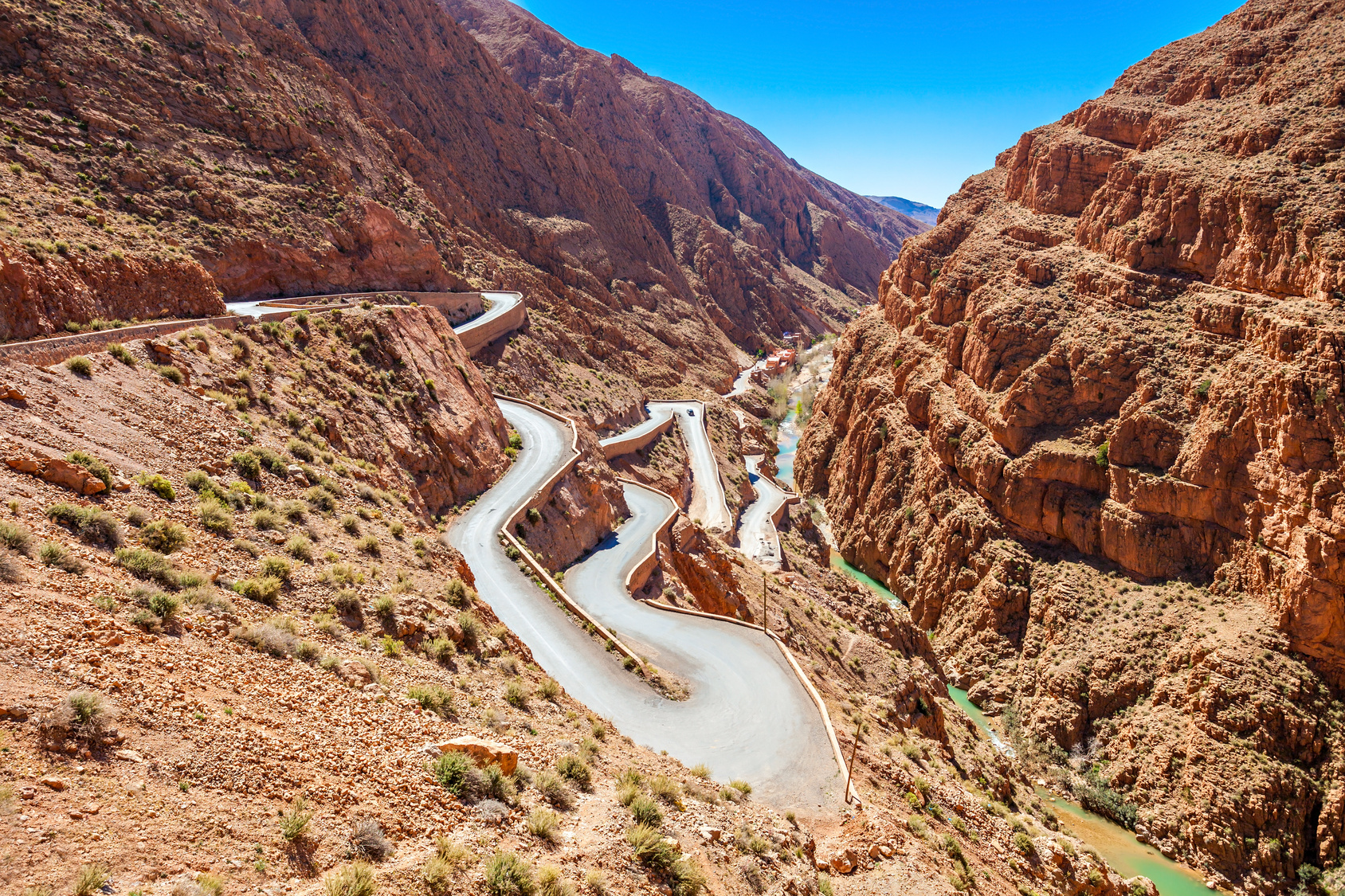
imagesource: traveltamegroute
Mountains and valleys in the desert often influence the flow and accumulation of water and just like we said earlier, water follows gravity. Mountains can also act as natural barriers forcing air to rise and cool resulting in condensation equalling in a water formation.
28. Collect dew by using a cloth or towel to wipe it off plants in the early morning

imagesource: newscientist
Collecting dew with a cloth is a relatively simple and low-tech method, so by gently wiping the surfaces of the plants, you can absorb the dew into the fabric and squeeze out the cloth to extract the collected water. If you're struggling to find water in the desert but have found plants this could be your way to find water.
29. If you come across a dry riverbed, dig several feet deep to reach the water table
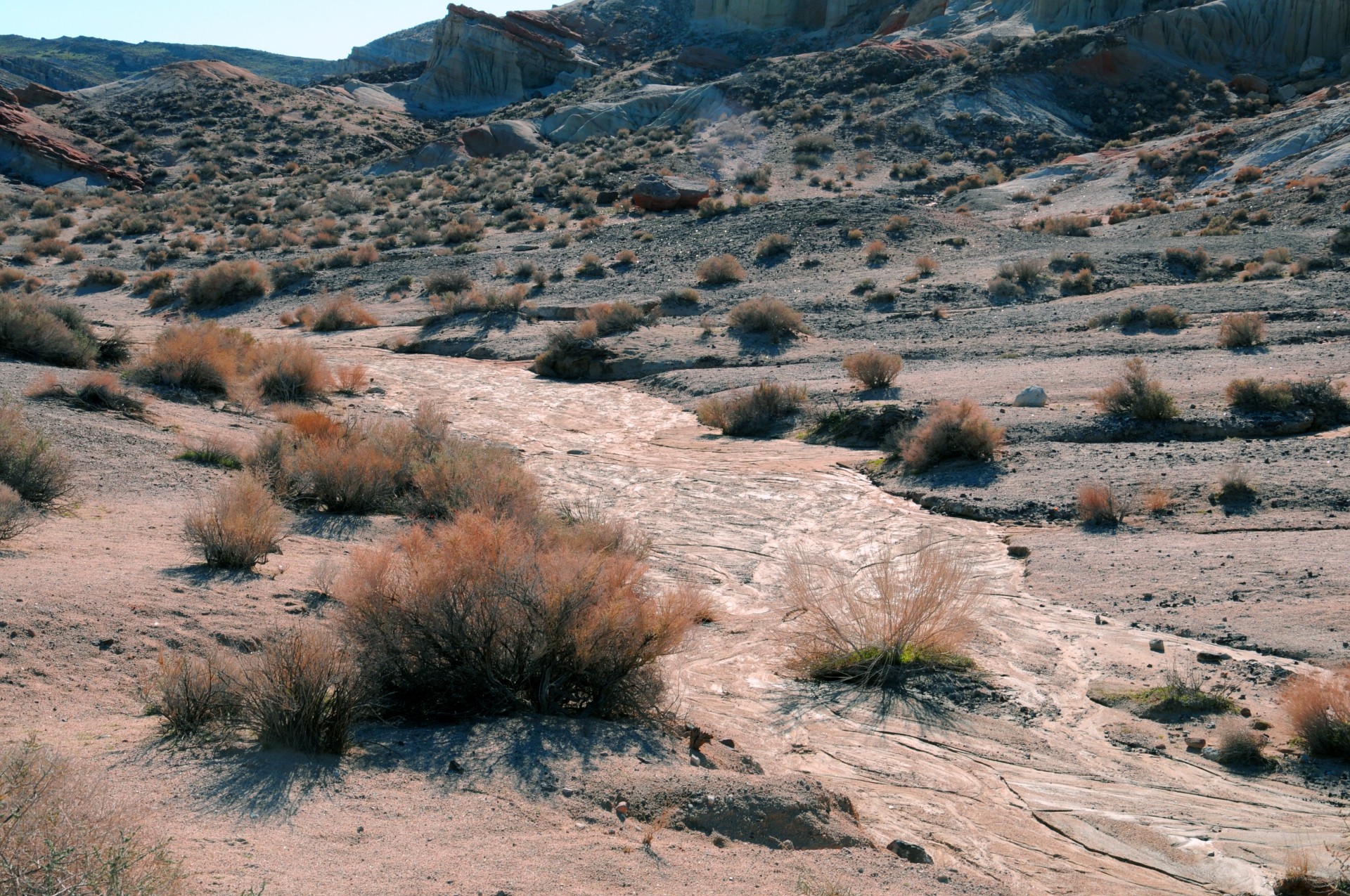
imagesource: needapix
Digging deep in the desert can also lead to the creation of a well, and can help create a more accessible and reliable water storage option. However, it's always important to know that digging in the desert should be approached with caution and finding water isn't always guaranteed.
30. Consider carrying a portable water filter or purification tablets in your survival kit

imagesource: gearjunkie
If you know that you'll be travelling through any desert areas on your travels, there is always a slight chance that you could get stranded there so be sure to have a survival kit made up and include a water filter and purification tablets in there - just in case!



:max_bytes(150000):strip_icc()/GettyImages-87131204-3caab0038c5b4ba189aedc8a50ee9996.jpg)




:max_bytes(150000):strip_icc()/73777362-57c7441c5f9b5829f479833b.jpg)



















